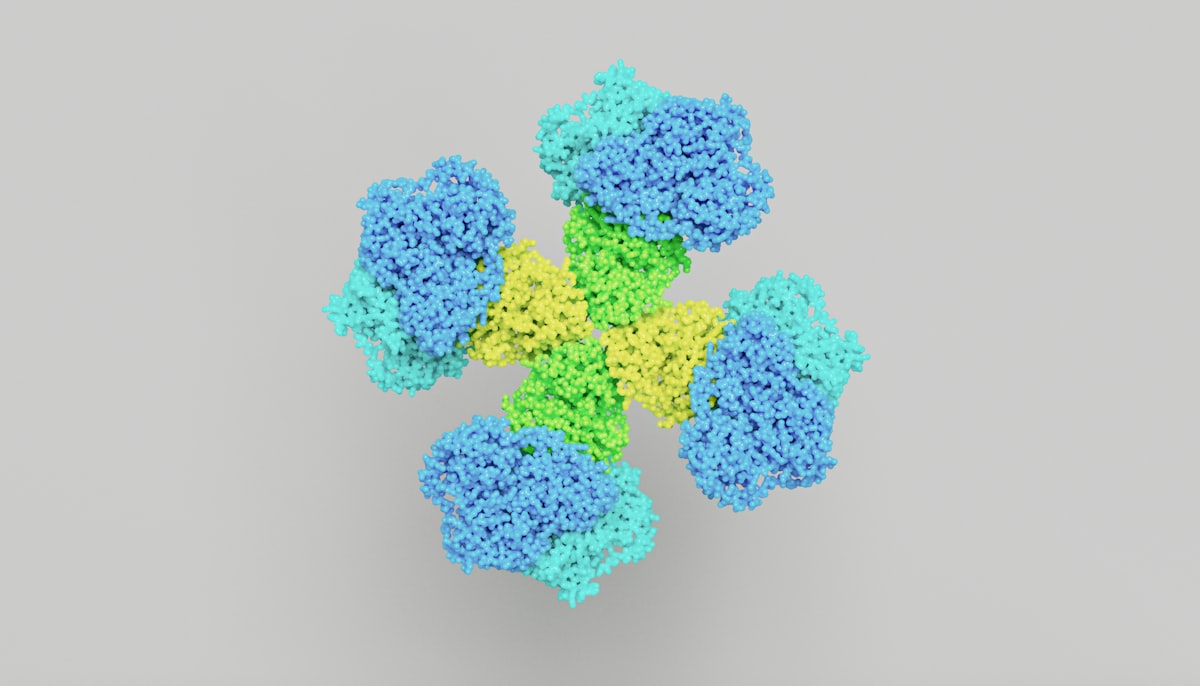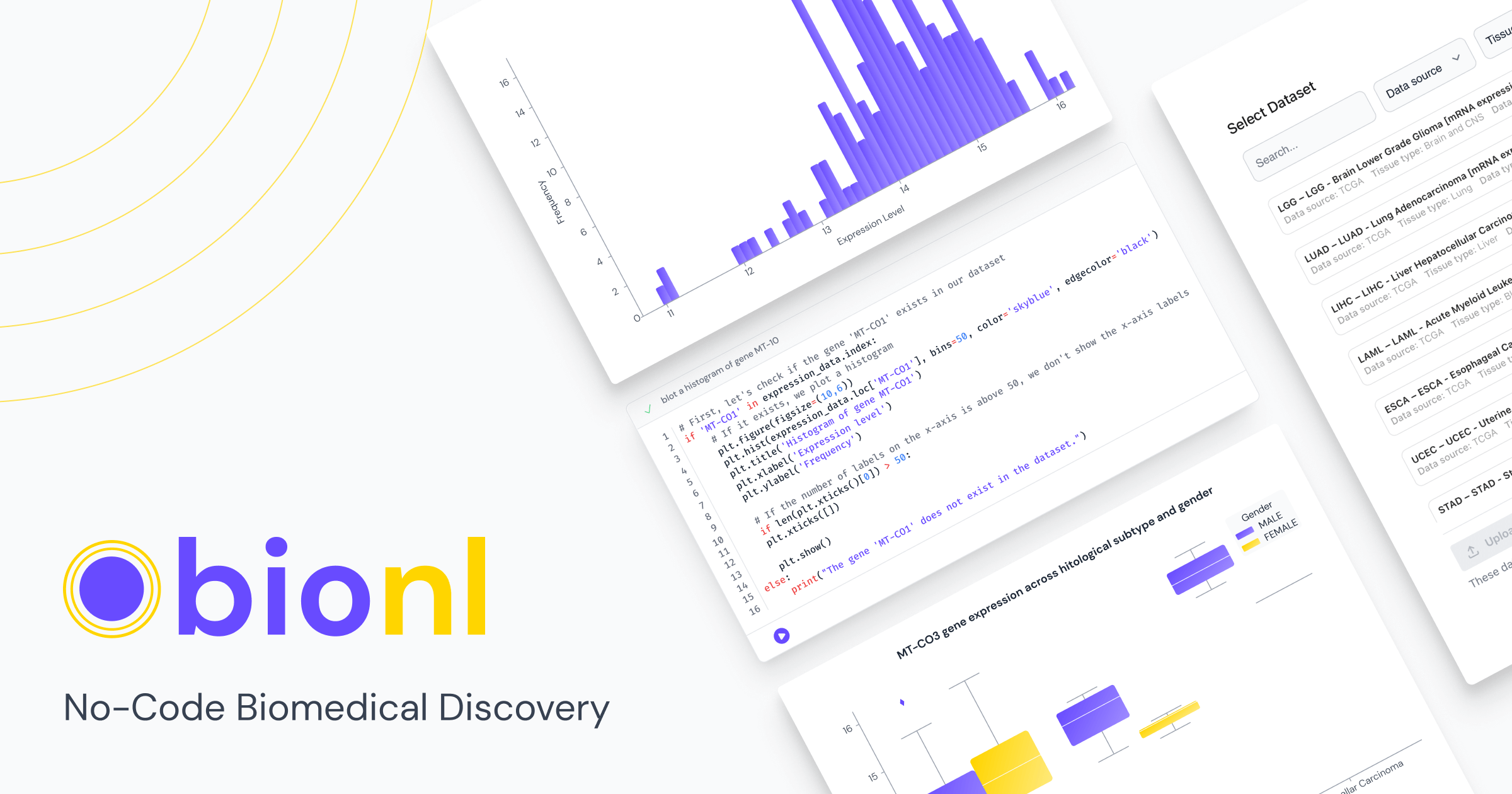Proteomics and Bioinformatics: Partners in Decoding Life's Mysteries

Introduction
Proteins perform multiple crucial functions, from constructing tissues to orchestrating biochemical reactions. The study of these intricate molecular machines is known as proteomics. This relatively young field has already left an indelible mark on our understanding of biology. In this blog we will dig deep into proteomics research steps.
The Proteomics Work Pipeline
The core of proteomics involves a carefully planned and executed sequence of steps, where some occur in a laboratory environment, while others using a computer. Here are the key stages:
- Sample Preparation: The journey begins with the collection of biological samples, which could range from a tiny tissue biopsy to a drop of blood. These samples are then processed to extract proteins.
- Mass Spectrometry (MS): Proteomics' go-to tool is mass spectrometry. This technique allows scientists to measure the mass-to-charge ratio of molecules within the sample. The resulting data provide crucial insights into the composition and abundance of proteins.
- Data Analysis: The massive datasets generated by mass spectrometry require careful analysis. Bioinformatics steps in, helping identify proteins, analyze their sequences, predict structures, and construct intricate interaction networks.
These were the 3 main steps, which can be aided with following steps, like protein identification, and quantification of the proteins, these extra steps depends on the aim of the research.
The vast ocean of data generated by proteomics experiments requires a capable navigator. Enter bioinformatics, merging power of computers to decipher biological data.
Bioinformatics tools come to the rescue at various stages of proteomic analysis. They help identify proteins from complex MS data, analyze protein sequences, predict protein structures, and build intricate protein interaction networks. What's more, bioinformatics constantly evolves, giving birth to novel algorithms and tools that delve deeper into the study of proteins. Following is a video from JAMA Network about Proteomics.
The Dynamic Duo in Action: Impactful Discoveries
Proteomics and bioinformatics, like a well-choreographed dance, have come together to make significant strides across diverse fields:
Medicine: In the realm of medicine, this dynamic duo is identifying new biomarkers for diseases, crafting innovative diagnostic tools, and pinpointing potential drug targets.
Agriculture: Proteomics and bioinformatics are boosting agricultural productivity by enhancing crop yields, developing pest-resistant crops, and even paving the way for sustainable biofuels.
Environmental Science: These fields are invaluable in environmental science, where they study the impact of pollutants, create novel bioremediation techniques, and monitor ecosystem health.
The Future of Proteomics and Bioinformatics: A Bright Horizon
While proteomics and bioinformatics are relatively young disciplines, their influence on biology is undeniable. As they continue to evolve, brace yourselves for more groundbreaking discoveries in the years ahead. The tapestry of life, woven with the threads of proteins and data, promises to reveal even more of its intricate patterns.
This journey through the realms of proteomics and bioinformatics has shed light on their profound role in advancing our understanding of biology. Together, they form an indispensable partnership, propelling us toward new frontiers in scientific discovery.
Delve into insights on multi-omics, presenting an expansive perspective on omics sciences.

Start Your 7-Day Free Trial Now!


